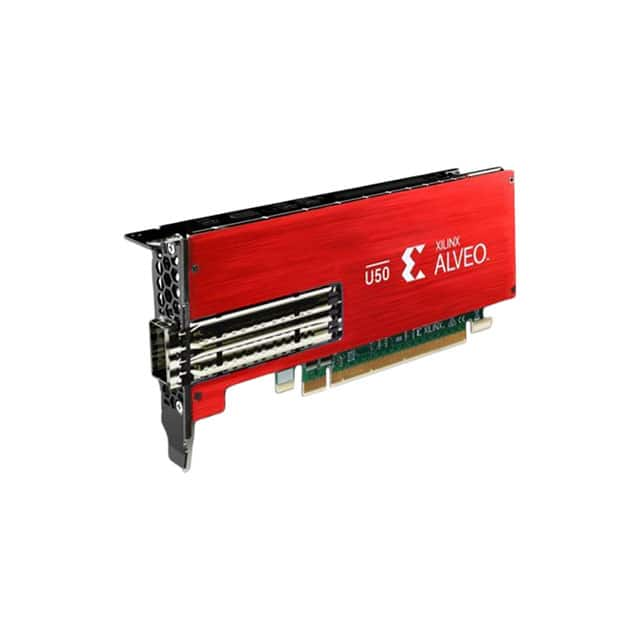Computer equipment refers to the physical components or peripherals that are necessary for a computer to function. These include hardware components such as the central processing unit (CPU), random access memory (RAM), motherboard, power supply unit (PSU), storage devices (such as hard drives and solid-state drives), and input/output devices (such as keyboards, mice, monitors, and printers).

Ⅰ. Computer Equipment
Ⅱ. Which categories of Computer Equipment are most in demand?
Ⅲ. What are the mechanical properties of Computer Equipment?
Here are some examples of computer equipment:
Desktop computers: These are stationary computers that typically consist of a tower or desktop case that houses the CPU, motherboard, and other components. They may also come with a monitor, keyboard, and mouse.
Laptops: These are portable computers that are compact and lightweight, making them easy to carry around. They include a built-in screen, keyboard, and touchpad, and may also have additional ports for connecting external devices.
Tablets: These are handheld devices that feature a touch screen interface, and can be used for browsing the web, watching videos, playing games, and more.
Printers: These are peripherals that can be connected to a computer to print documents, photos, or other materials.
Scanners: These are devices that can be used to scan documents or photos and convert them into digital files that can be stored or manipulated on a computer.
External hard drives: These are storage devices that can be connected to a computer via USB or other interface, and provide additional storage capacity for files, photos, and other data.
Network equipment: These include routers, switches, and modems that enable a computer to connect to the internet or a local network.
Computer equipment plays an essential role in the functioning of a computer system, and the choice and quality of equipment can have a significant impact on the performance and user experience of the system.
Which categories of Computer Equipment are most in demand?
The demand for different categories of computer equipment can vary depending on various factors such as technology trends, industry needs, and consumer preferences. However, some categories of computer equipment that are currently in high demand include:
Laptops and Tablets: With the increasing demand for remote work and learning, there has been a surge in demand for portable computing devices such as laptops and tablets.
Gaming PCs and Components: The gaming industry continues to grow, and with it, the demand for high-performance gaming PCs and components such as graphics cards and processors.
Networking Equipment: As more people work and learn from home, the demand for networking equipment such as routers and switches has also increased.
Cloud Computing and Storage: With the growing need for data storage and processing, there has been a surge in demand for cloud computing and storage solutions.
Cybersecurity Equipment: As cyber threats continue to evolve, the demand for cybersecurity equipment such as firewalls and antivirus software has also increased.
AI and Machine Learning Equipment: With the increasing use of AI and machine learning in various industries, the demand for specialized hardware such as GPUs has also increased.
The demand for different categories of computer equipment can vary depending on the current technology trends and industry needs. However, the categories listed above are currently in high demand and are expected to continue to grow in the coming years.
What are the mechanical properties of Computer Equipment?
Computer equipment is a broad term that encompasses various electronic and mechanical components used in computers and related systems. While the mechanical properties of computer equipment can vary depending on the specific component, some common mechanical properties include:
Strength: Computer equipment should have sufficient strength to withstand regular use and handling without breaking or deforming. For example, the casing of a desktop computer or the hinges of a laptop should be strong enough to hold up over time.
Durability: Computer equipment should be able to withstand wear and tear over time. For example, the components inside a computer such as the hard drive or cooling fan should be durable enough to last for years of use.
Stability: Computer equipment should be stable and resist movement or vibration during use. This is especially important for components such as hard drives or optical drives, which can be sensitive to movement.
Precision: Some components of computer equipment require precision in their mechanical properties. For example, the keys on a keyboard should be accurately positioned and resist wear, and the trackpad on a laptop should be precise and responsive.
Heat Dissipation: Many computer equipment components generate heat during operation, and they should be designed to dissipate that heat efficiently to avoid overheating and potential damage.
Size and Weight: The size and weight of computer equipment can also be important mechanical properties. Portable devices such as laptops and tablets should be lightweight and easy to carry, while desktop computers may need to fit into specific spaces.
The mechanical properties of computer equipment are essential to its functionality, durability, and user experience. Components should be designed with these properties in mind to ensure that they perform optimally and are reliable over time.
标签:equipment



